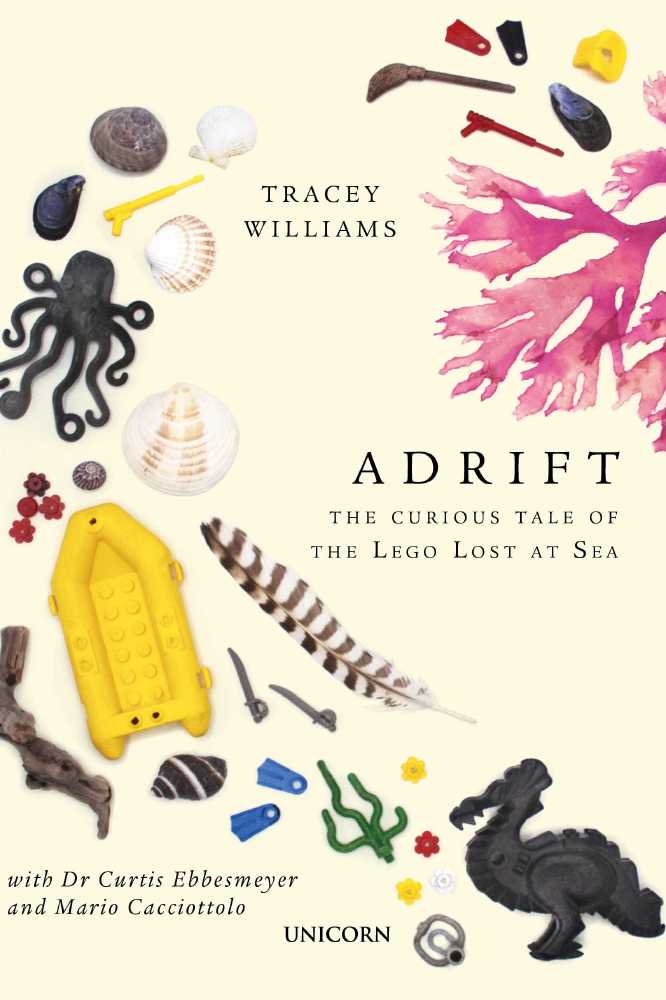-

Adrift: The Curious Tale of the Lego Lost at Sea
100-year-old blocks of gutta percha

In 2012, mysterious slabs bearing the word TJIPETIR began washing up on beaches in the UK and northern Europe. Investigations revealed Tjipetir was the name of a plantation in West Java, Indonesia and that the blocks were made of gutta percha, a type of latex once used to produce everything from teddy bears’ noses and golf balls to insulation for submarine telegraph cables. It transpired the 100-year-old slabs were coming from a shipwreck.
Black Lego dragon

In February 1997, a huge wave hit the cargo vessel Tokio Express, knocking 62 shipping containers overboard. One held nearly five million pieces of Lego, including 33,427 black dragons and 514 green. I found my first black Lego dragons on the south coast of Devon soon after the spill but didn’t find another until 2014. Still on my wish list is an elusive green dragon.
Mary’s bean

Sea beans or drift seeds travel thousands of miles, carried to remote shores by ocean currents. Said to bring good luck to those who find them, these exotic objects are the fruits and seeds of tropical plants such as climbing vines, shrubs and palm trees. Among the rarest is the Mary’s bean, known too as the crucifixion bean because of the indented cross on one side. Steeped in myth and legend, it’s said a mother’s childbirth pains will be soothed by clenching a Mary’s bean in her hand.
By the wind sailors

Not a single creature but a colony of tiny individual animals, beautiful by-the-wind sailors drift on the surface of the ocean at the mercy of wind and currents. With their vivid blue colour and tiny sails running diagonally across their body, they’re easy to recognise. It’s often said that most by-the-wind sailors are left-handed, their sails running from upper left to lower right. But, once, we found thousands of right-handers washed up.
Violet sea-snails

These ocean wanderers float on a homemade raft of bubbles. They take their brilliant colour from the by-the-wind sailors and Portuguese men o’ war they feed on. Typically found in warmer waters, they are occasionally blown ashore by strong winds.
Tiny ‘message in a bottle’


Not much more than an inch long, this tiny ‘message in a bottle’ is from a fish tagging experiment thought to have taken place in about 1970. It was originally attached to a fish by scientists in Murmansk, Russia. Inside the plastic capsule was a faded slip of paper with a message written in Russian and English. No one knows what happened to the fish, but some forty-five years after it was tagged I discovered the capsule on a Cornish beach.
Old Smartie lids


First introduced in or around 1960, brightly coloured plastic Smartie lids regularly turn up on beaches, despite the fact they were phased out in 2005. Early Smartie lids had ROWNTREE on top with a capital letter or number on the reverse. In 1971 the capital letters and numbers were replaced with lower case letters. These days, Smartie lids with capital letters and numbers are hard to find. These are all 50-60 years old.

MORE: Exclusive: Tom Fletcher chats all about his LEGO collaboration to celebrate new LEGO Super Mario
Tagged in Lego

